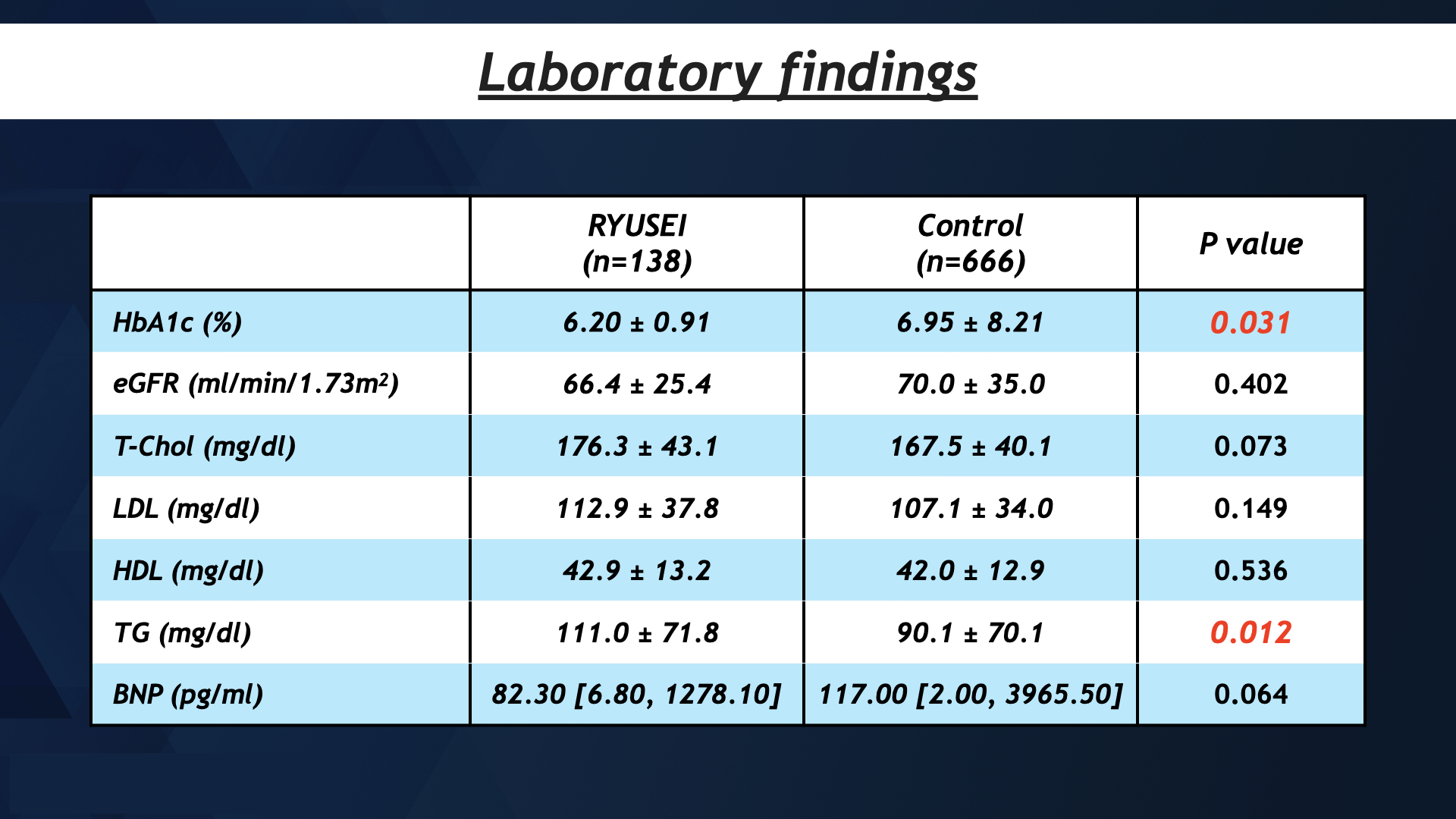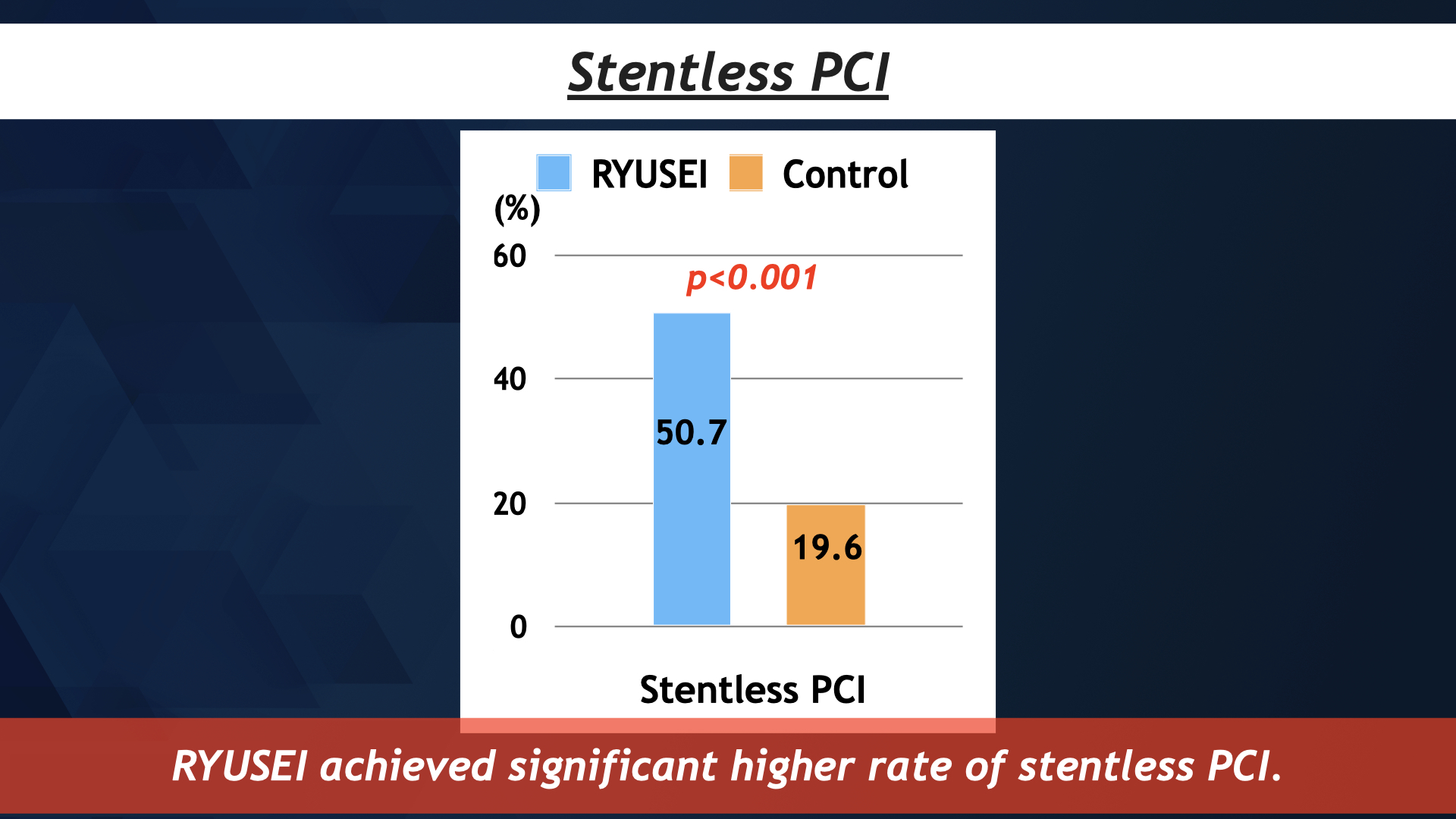Lots of interesting abstracts and cases were submitted for TCTAP 2023. Below are the accepted ones after a thorough review by our official reviewers. Don’t miss the opportunity to expand your knowledge and interact with authors as well as virtual participants by sharing your opinion in the comment section!
TCTAP A-007
New Strategy for ACS With Perfusion Balloon
By Tsuda Takuma, Nao Yasuda
Presenter
Tsuda Takuma
Authors
Tsuda Takuma1, Nao Yasuda1
Affiliation
Nagoya Ekisaikai Hospital, Japan1
View Study Report
TCTAP A-007
Acute Coronary Syndromes (STEMI, NSTE-ACS)
New Strategy for ACS With Perfusion Balloon
Tsuda Takuma1, Nao Yasuda1
Nagoya Ekisaikai Hospital, Japan1
Background
Acute coronary syndrome still have high mortality even though PCI procedure and device have dramatically improved. One of the reasons is considered as slow flow or no reflow phenomenon during PCI. Our purpose of this study was to assess the utility of perfusion balloon (Ryusei: Kaneka Medix, Osaka, Japan) with long inflation technique for ACS lesion.


Methods
We enrolled consecutive 804 patients who underwent primary PCI for ACS lesion during January 2014 to Aug 2018 in this study, which was multi-center and retrospective. We defined cases, of which culprit lesion preparation was performed by Ryusei, as Ryusei group (R-group, n=138), and the others as control group (C-group, n=667). Long inflation technique was performed for 3 minutes by using Ryusei with intracoronary administration of nicorandil or nitroprusside. We assessed lesion characteristics, procedural characteristics and compared TIMI-flow, the rate of slow flow/ no reflow phenomenon, in-hospital mortality and 30-days mortality respectively.




Results
There were no statistical significance between R-group and C-group in patient characteristics. Compared with C-group, culprit lesion in R-group had significantly small MLA (2.54±0.79 mm2 vs. 3.30±1.45 mm2, p<0.001), larger plaque area (85.68 ± 6.64 % vs. 71.56±26.22 %, p<0.001) and lower pre TIMI-grade (0.93±1.24 vs. 1.29±1.27 p=0.003) as baseline lesion characteristics. There were no significant difference of distal protection, mechanical support in two groups. R-group had significantly bigger in balloon size (3.30 ± 0.45mm vs. 2.88 ±0.49mm, p<0.001), stent size (3.30 ± 0.45mm vs 2.88 ±0.49mm, p=0.018), higher post TIMI-grade (2.93±0.30 vs. 2.74±0.67, p=0.001) and lower rate of slow flow/no reflow phenomenon (4.3% vs. 12.5 %, p=0.005). However R-group had significant higher rate of stentless PCI (50.7% vs. 19.6%, p<0.001), R-group had lower rate of in-hospital mortality (1.4% vs. 6.7%, p=0.016) and 30-days mortality (1.4% vs. 5.7%, p=0.033).






Conclusion
Perfusion balloon with long inflation technique could be one option for minimizing the rate of slow flow/no reflow phenomenon, and also contribute for better clinical outcome for ACS.








